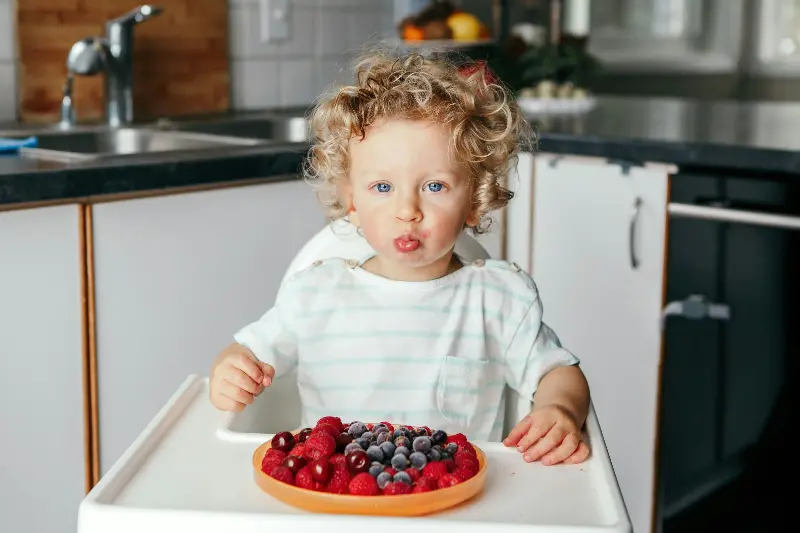
The first nibble: Why texture matters from the very start
When it comes to baby’s first bites, many parents focus on flavours and nutrition—but texture deserves just as much attention. Introducing a variety of textures isn’t just about dinner table fun; it is a crucial part of building your child’s oral skills, adventurous spirit, and confidence around food. Babies are natural explorers, and every new sensation—smooth, lumpy, crunchy—helps wire their senses for a lifetime of happy, healthy eating.
Milestone menu: From purees to crunches—how babies learn to chew
Every bite-sized progression prepares your little one for a world of culinary wonders. The journey typically moves through a few, key stages:
- Smooth purees (4-6 months): Baby’s first foods are usually silky and soft—think mashed banana or runny rice cereal. The tongue learns how to move food from the front to the back of the mouth, readying for a swallow.
- Lumpy mashes (6-8 months): Next, coarser blends and mashed veggies introduce gentle lumps. These make baby work a little harder, gently awakening their jaw and tongue muscles.
- Soft finger foods (8-10 months): Small, tender pieces of soft fruits, cheese, or well-cooked pasta make it safe for your baby to attempt self-feeding, improving hand-eye coordination and fine motor skills.
- Firm bites and family foods (10-12 months+): By now, foods can be diced, shredded, or lightly toasted. Let your baby join in with the family meal—tiny portions of whatever is on your plate put taste, touch, and independence on the menu!
Each new texture lays the foundation for chewing, swallowing, and—eventually—speech development. The more textures they experience, the more confident and less fussy they’ll be as toddlers.
Simple tricks for texture training (even picky eaters love)
Transitioning between textures often causes worry, but several playful strategies can keep things smooth:
- Offer a variety of foods with different shapes and feels—think soft roasted carrot sticks, small toast pieces, or chilled melon cubes.
- Place small blobs of puree or yoghurt on your baby’s tray and let their fingers do the work. Messy? Yes—and absolutely worthwhile.
- Eat together! Babies learn by watching, so model your enjoyment: crunch on an apple slice or slurp noodles right next to them.
- Stay calm and patient. Some babies spit out new textures at first—it’s all about practice, not perfection.
Remember, safety comes first. Always avoid hard, round foods like whole grapes or nuts until your child is older, as these are choking hazards.
The magic of texture: More than just eating
Texture play isn’t only about food—it’s about exploration, bravery, and building lifelong trust at the table. Engaging the senses through new textures turns meals into positive, low-pressure learning. Studies show that early exposure to a diverse range of food textures is linked to children being less picky as they grow—so every crumbly mouthful and sticky finger painting (with food!) has a purpose.
If your baby seems hesitant, keep in mind that persistence beats pressure. Gently re-offer tricky textures, celebrate curiosity, and tune into your child’s cues. Every attempt, even the messiest, is a step towards eating with gusto and joy.
So, as you prepare that next miniature meal or introduce a new squishy snack, imagine all the neural connections firing beneath the surface—one textured bite at a time. What delicious discoveries might await if we make texture the secret hero of our kitchen tables?
